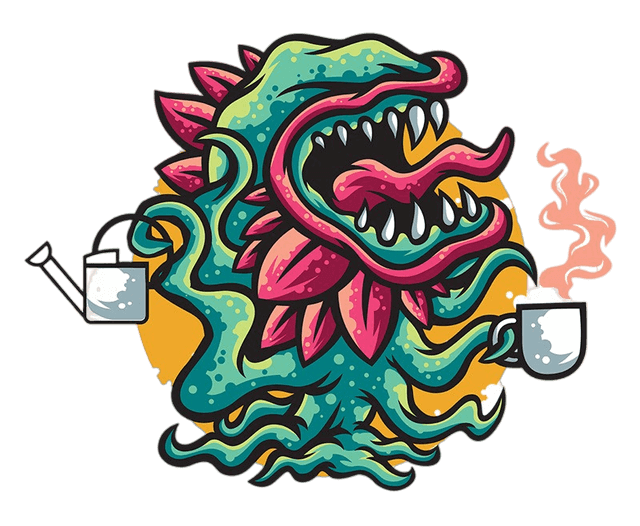Interview with Ivan
Please tell us a little about yourself.
Hi, I’m Ivan, I’m originally from Bulgaria, now living in the US. I specialize in growing Heliamphora. My love for the genus has resulted in amassing one of the largest collections in the country, representing all species, many individual clones, multiple hybrids, and plenty of inhouse seed grown plants! What started as a hobby has turned into a business, and I now supply many growers domestically with top quality plants.

What’s your favorite plant and why?
Heliamphora ionasi. A full-grown H. ionasi is simply breathtaking. I could only imagine how awestruck Maguire’s team must’ve been, discovering these majestic plants growing on the wet cliffs of the Ilu-Tramen Massif.
What first sparked your interest for carnivores?
I was fascinated with them in a non-committed way while collecting a multitude of other plant genera and eventually a friend of mine got me into Nepenthes. I quickly discovered that Heliamphora were a much better fit for my conditions and growing practices. The rest, as they say, is history. I think the mystery surrounding the genus, and the remote, alien, and stunningly beautiful habitat of the tepui mountains of Venezuela added to the allure.
What’s your best tip for growing carnivores?
Don’t be afraid to experiment and find what works best for your specific situation. Once you have nailed it- stick to it! Carnivorous plants thrive on stability.

What if you don’t have a green thumb? What’s the hardest carnivorous plant to kill?
Hmm… perhaps I would give that one to butterworts. Pings just have a way of managing neglect that not even a cape sundew possesses. In fact, sometimes I forget to water my cape dew, and it suffers horribly, while Pings just seem… unphased.
What has been your biggest failure/learning experience in your garden/greenhouse?
When I started growing Heliamphora I tried to follow long-established norms to the t. I very quickly realized that what works for one grower does not work for every grower. For example, I had a horrible experience using MaxSea fertilizer, which is so frequently touted “as the best” for carnivorous plants. At the same time-through trial and error- I was able to pioneer the use of inorganic media, specifically Fluval Stratum, for successfully cultivating the genus.
What challenges do you face in your specific area/country/climate? And have you found a “solution” or a way to work around or with those challenges?
To be honest, my climate works pretty great for Heliamphora. Lots of humid ocean air, plenty of air movement, and mild temperatures. I’m also one of the lucky ones with tap water at around 100ppm! But I would say that in winter when my set-up becomes much wetter, providing enough air movement while not drying things up can be quite difficult.

What is your favourite task in the garden/greenhouse?
I quite enjoy dividing. It’s fun to refresh the plants, check on the roots, and propagate.
What is your least favourite task in the garden/greenhouse?
Draining/refreshing the flood tables. And cleaning/sanitizing used pots.
Who or what inspires you?
Seeing my plants reach full maturity truly inspires me. I get that “wow I grew this” feeling. I’m quite proud of some of the specimen in my collection. In terms of people-too many to list individually, but truly blessed to have a supporting and tightly-knit Heliamphora community and friends all over the world.
How many plants do you have approximately?
I would estimate somewhere between 1,500- 2000 across all genera.

Thanks for the Interview Ivan!
Check out his Instagram page.







